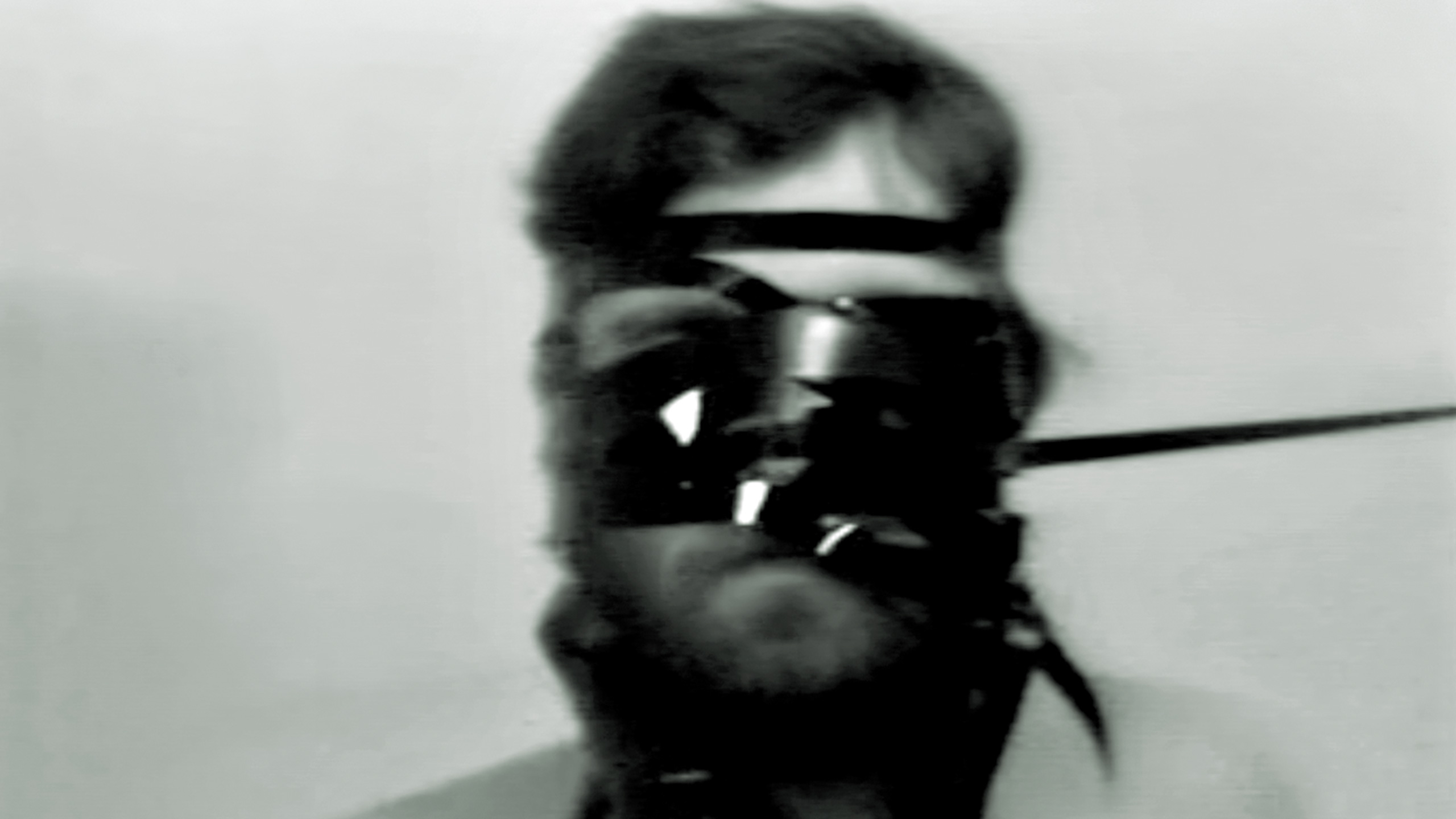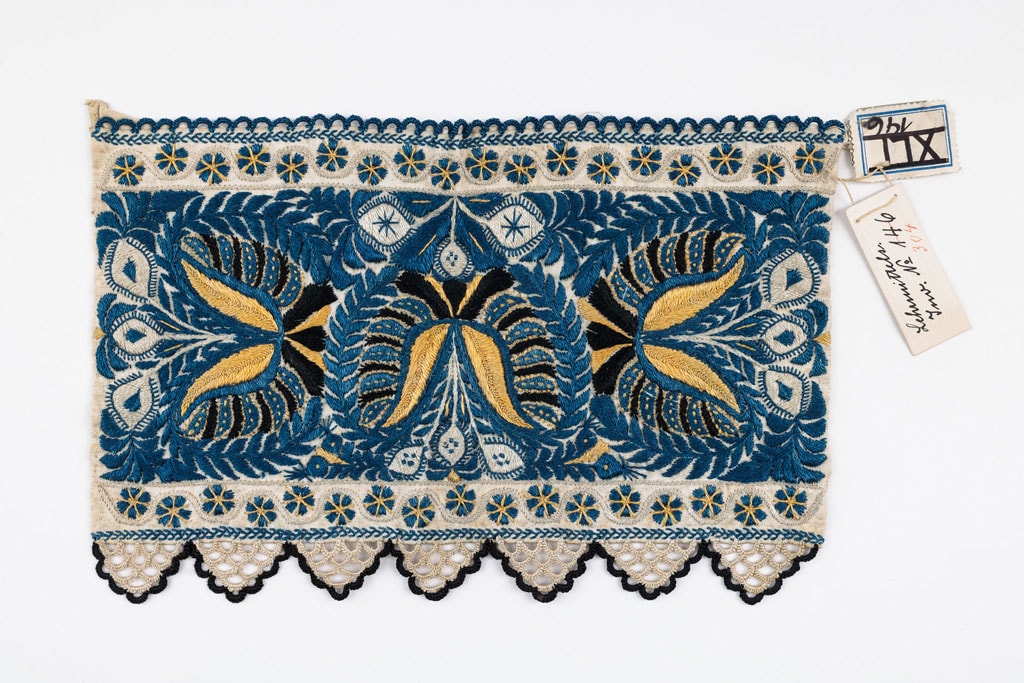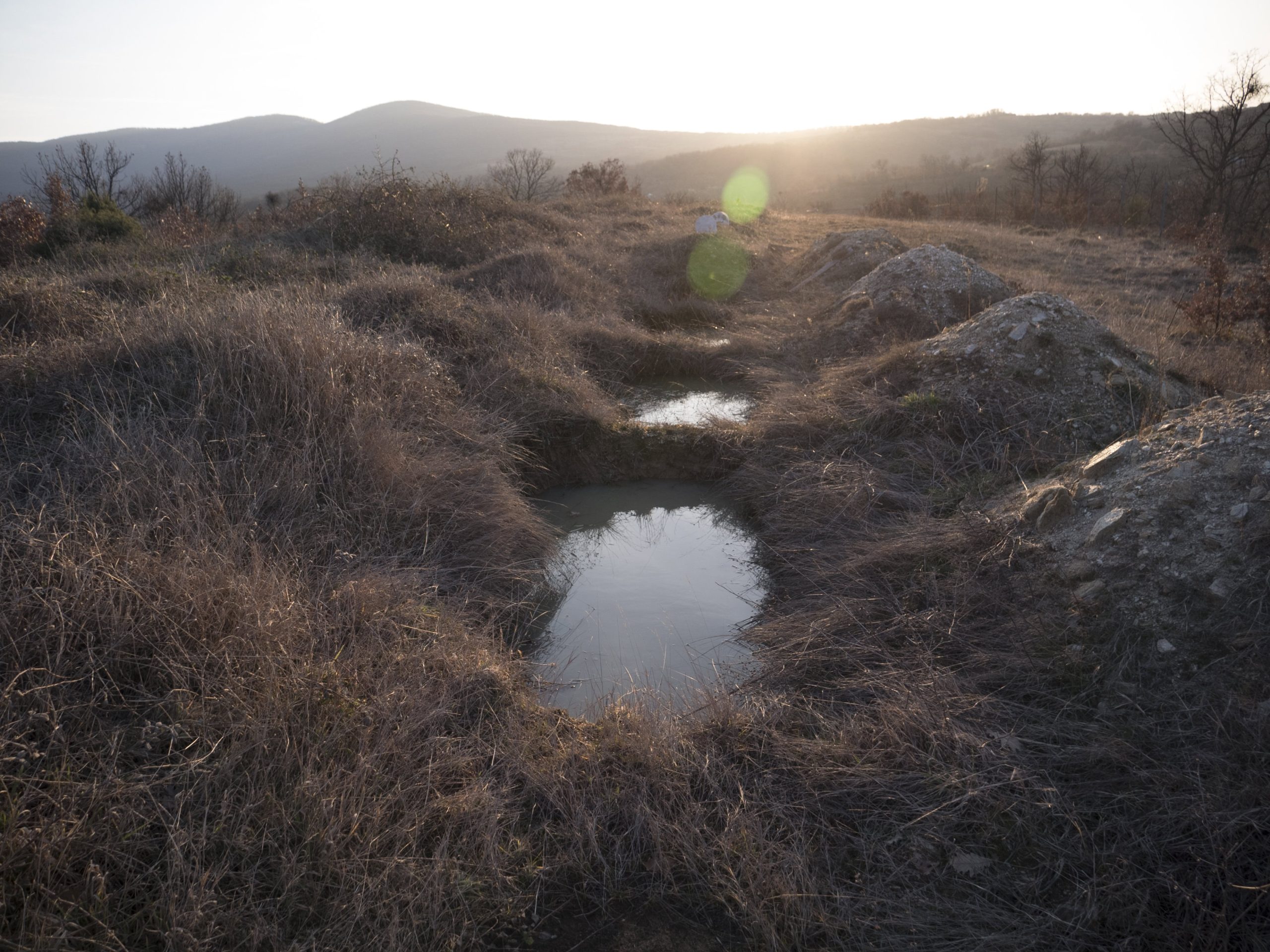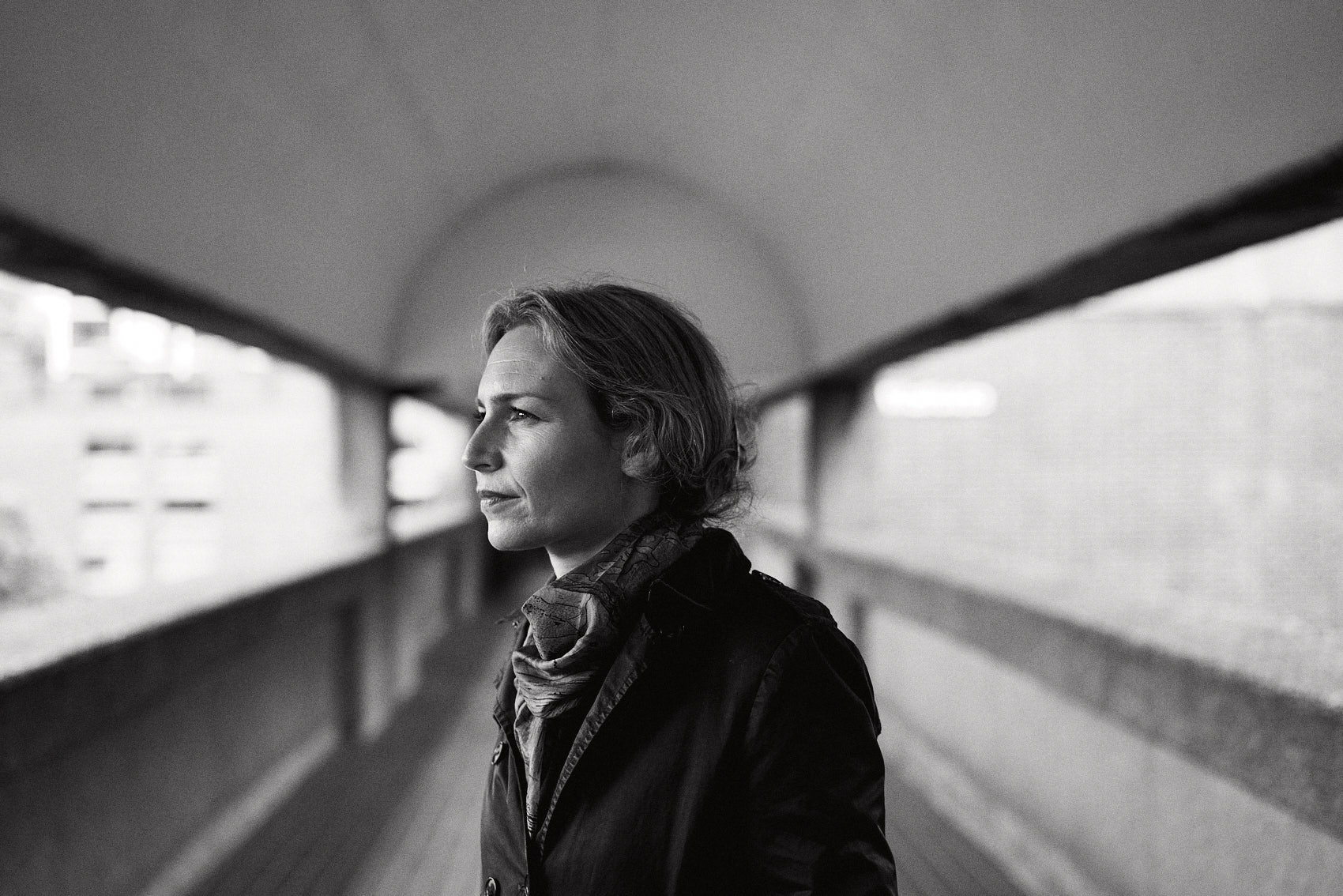Event
September 19, 2024 – October 13, 2024
Reading Time: 5'
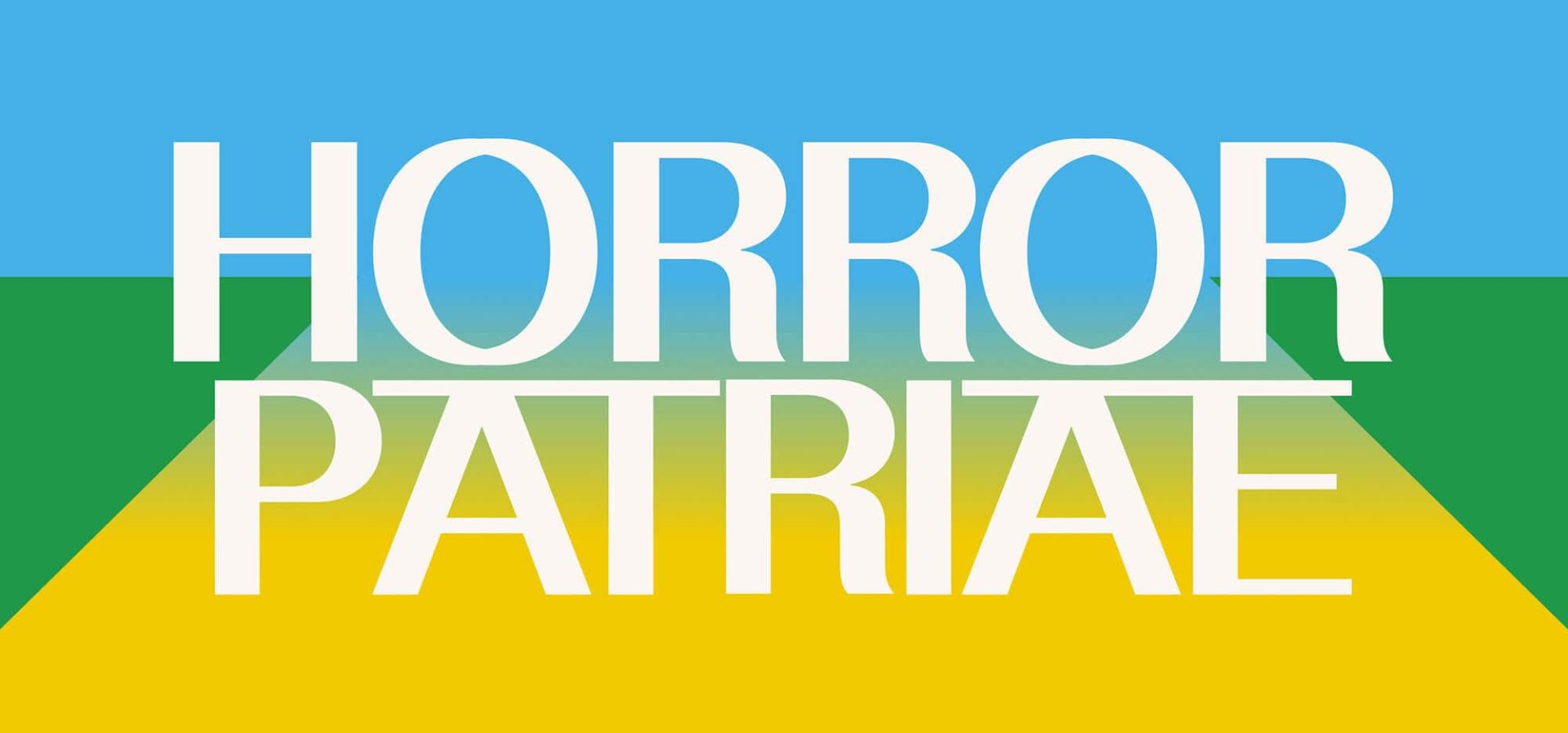
steirischer herbst 2024: Horror Patriae
Nikolay Karabinovych "The Last Artwork About the War"
September 19, 2024 – October 13, 2024
Neue Galerie Graz et al.
The 57th edition of steirischer herbst is titled “Horror Patriae”. What gigantic emptiness lies behind the current rise of nationalisms, identitarianisms, and the cult of roots and origins? In this super election year, in which right wing parties could come back to power in Austria, steirischer herbst ’24 turns against the normalized mild xenophobia that is celebrated in the form of roots and traditions of nations and communities. The festival traces neglected and silenced cosmopolitan stories, cultural mixtures, and strange encounters – and stands against the claim of purity and for “impure” internationalism and militant cosmopolitanism.
The central venue of this year’s festival is a museum – historically seen as a factory of nation-building, inventing semi-fictional national stories. The exhibition at the Neue Galerie Graz with the work of Nikolay Karabinovych designs an alternative museum of national complexes and dark fantasies. By letting historical narratives and contemporary themes collide, it explores the paradoxical core of constructed communities and examines how great imperial fantasies coexist with the folkloric fetishization of the small homeland.
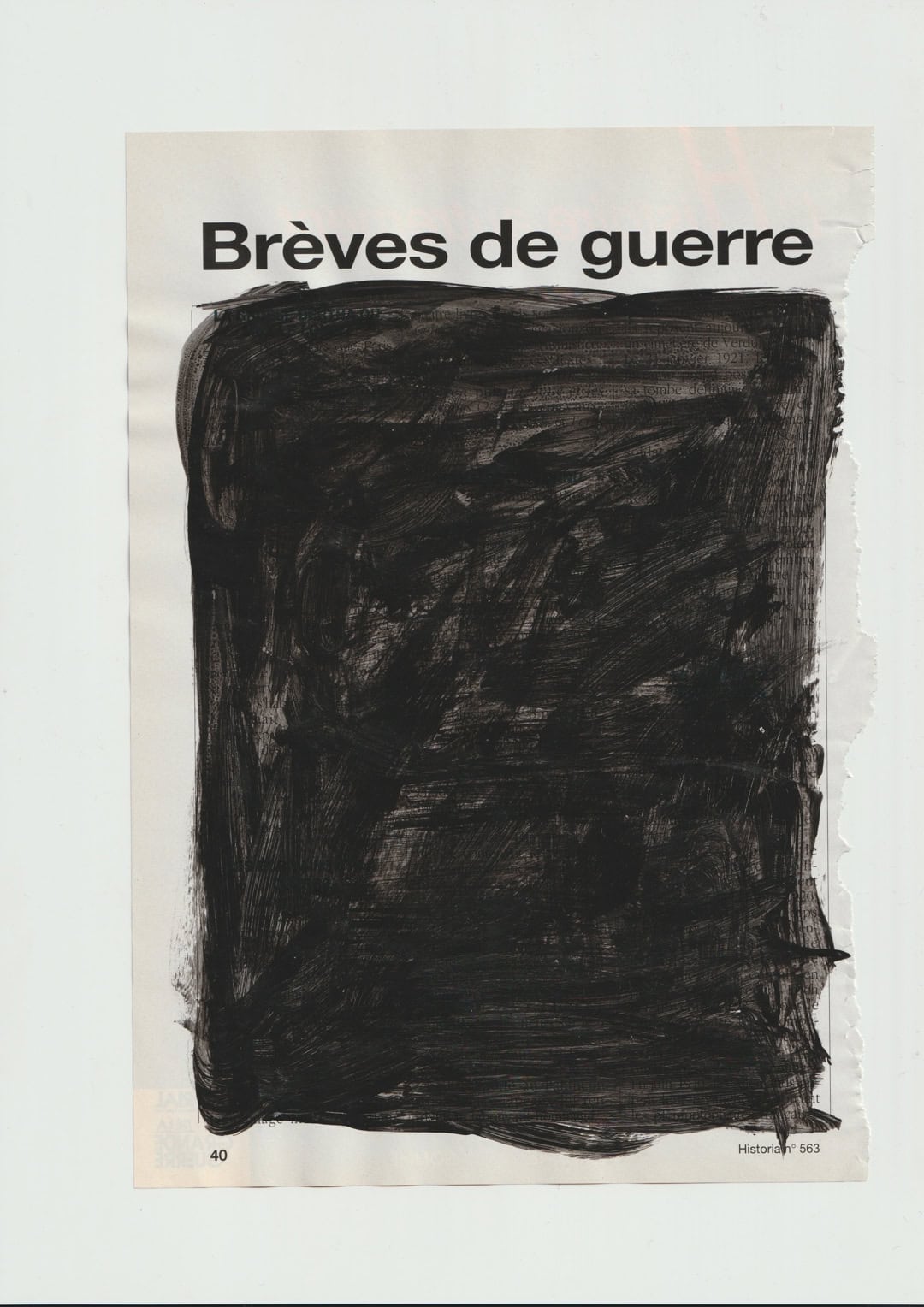
A daring claim stands behind Nikolay Karabinovych’s new film, namely to be the last work about Russia’s continuing assault on Ukraine—possibly in all of art. It looks at the war from an unusual angle, departing from the so-called Mandela effect, an eerie phenomenon where groups of people misremember historical facts or pop-cultural events under the influence of suggestion or misinformation. Individuals unaffected by such false memories live in another reality that friends and neighbors fail to acknowledge.
Karabinovych’s film shows a psychoanalytic session: initially, it is not clear who is the analyst and who the patient. As the story progresses, it becomes clear that its protagonists have two fundamentally different visions of reality regarding the image of victory. What are victory’s outer signs and inner consequences? The dialogue features such questions and mixes them with reminiscences of the varying faces of war—including the ones societies would like to forget.
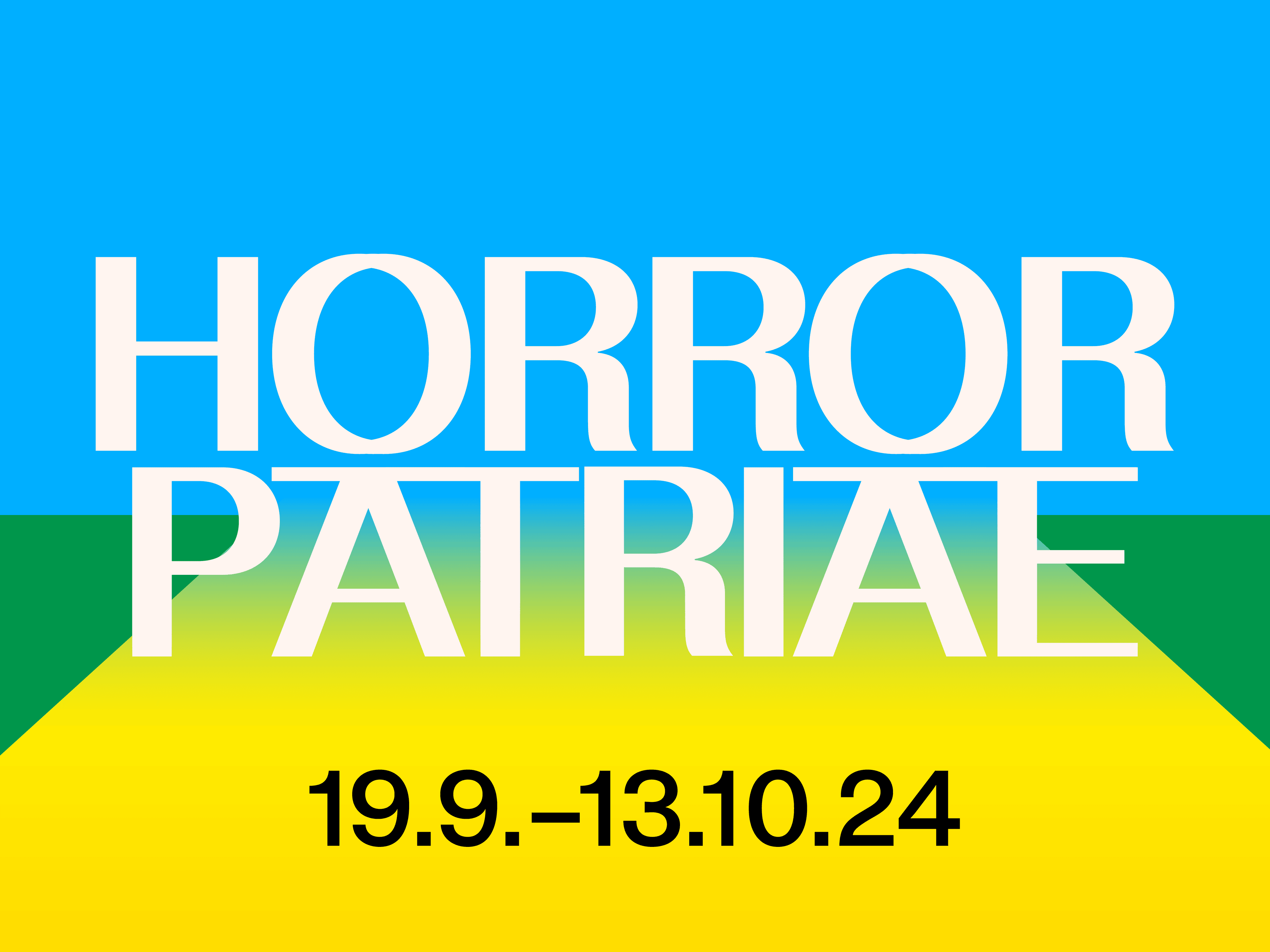
The commissioned work of the Ukrainian artist shows a psychoanalytic séance, played by two actors and filmed in a slow cinematic style. The setting is the cozy office of a psychoanalyst. Initially, it is not clear who is the analyst and who is the patient. The actors speak English with an Eastern European accent. As their conversation progresses, it becomes clear that the protagonists have two fundamentally different conceptions of reality, especially of what a victory looks like. What are the external signs and internal consequences of a victory? The dialogue raises questions and mixes them with memories of the terrible faces of war – even if society would like to forget them.
Artists and collectives
Sarnath Banerjee, Renate Bertlmann, Anna Boghiguian, Sergey Bratkov, Pablo Bronstein, Madison Bycroft, Ieva Epnere, VALIE EXPORT, La Fleur, Peter Friedl, Robert Gabris, Tomislav Gotovac, Assaf Gruber, Felix Hafner, Jan Peter Hammer, Thomas Hörl, Clara Ianni, Jakub Jansa, Nikolay Karabinovych, Alina Kleytman, Augustin Maurs, Mélange Oriental, Ari Benjamin Meyers, Marta Navaridas, Ingo Niermann und Erik Niedling, Yoshinori Niwa, Paulina Ołowska, Michèle Pagel, Hannes Priesch, Natalia Pschenitschnikova, Roee Rosen, Daniel Rycharski, Franz von Strolchen, Marko Tadić, Theater im Bahnhof, Helene Thümmel, Piotr Urbaniec, Thomas Verstraeten, Andreas Werner; herbstkabarett mit László Göndör, hannsjana, Bernadette Laimbauer, Annina Machaz, Piotr Urbaniec und Alex Franz Zehetbauer
Artists of the Collection of the Neue Galerie Graz
AES+F, András Felvidéki, Wolf Gössler, Hans Werner Poschauko, Drago Julius Prelog, Paolo Tessari, Norbert Trummer, Franco Vaccari und weitere
Full programme of steirischer herbst ’24
ERSTE Foundation supports the production of Nikolay Karabinovych’s film The Last Artwork About the War
steirischer herbst
The steirischer herbst is one of the oldest interdisciplinary festivals for contemporary art in Europe. Since 1968, the festival has provided a platform for new productions that provoke and contour public debates of various kinds and across all disciplines. The steirischer herbst has always redefined the conceptual foundations of what culture could mean for the contemporary. The different editions of the festival have promoted dialogue between the arts by combining aesthetic positions and theoretical reflections, thus involving visual arts, music, theater, performance, new media, literature, and everything in between. This point remains central to the festival’s approach today.
Nikolay Karabinovych (1988, Odesa, Ukraine) is an artist who works with media such as video, performance, sound, and sculpture. He explores the social history of Eastern Europe, approaching collective and personal memory with analytical, conceptual, and interventionist tactics. His works have been shown in numerous institutions, such as M HKA, Antwerp; Haus der Kulturen der Welt, Berlin; Jewish Museum of Belgium, Brussels; Bozar, Brussels; Pinchuk Art Center, Kyiv. He has also participated in the Kaunas Biennale (2023) and the Kyiv Biennale (2021, 2023), among others. He lives in Amsterdam.
